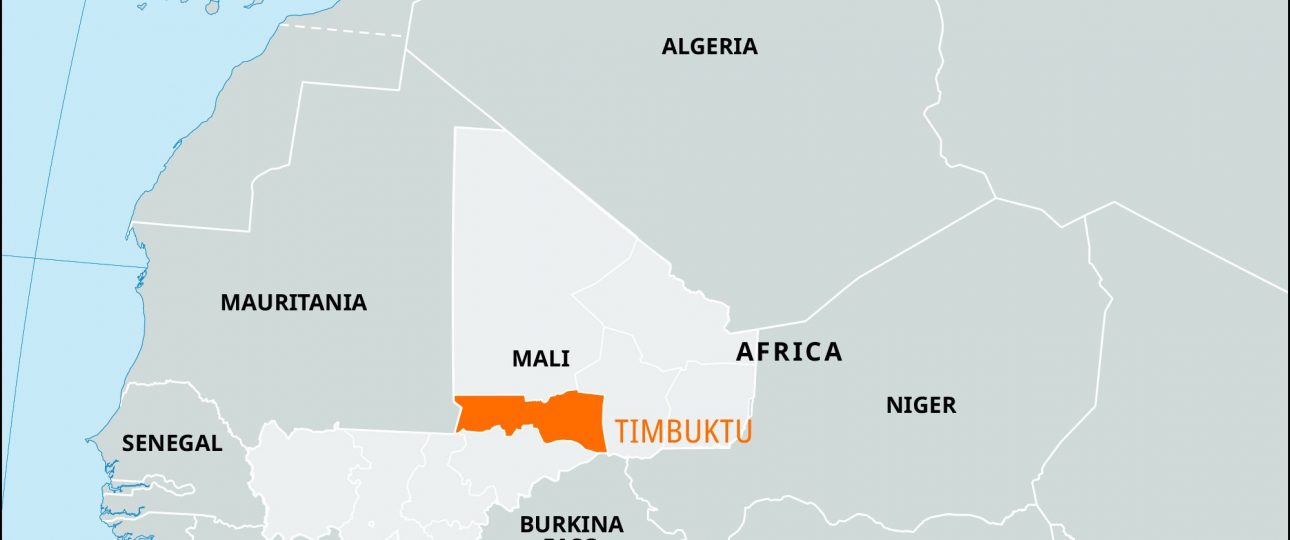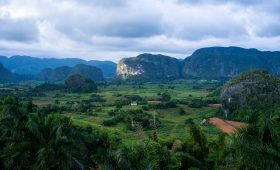The Tombouctou Region, known globally as Timbuktu, is a place steeped in history and cultural significance. Located in the central-northern part of Mali, this region is a gateway to the Sahara Desert and lies near the Niger River, offering a unique blend of historical intrigue and natural beauty. Join me as we explore the captivating allure of Tombouctou, a destination that has fascinated travelers for centuries.
Historical and Cultural Significance
Timbuktu has long been a center of trade and learning in West Africa. During the Middle Ages, it was the southern terminus of the trans-Saharan trade routes, dealing in commodities such as gold, salt, and slaves. The city gained renown as a hub of scholarship, with its libraries and universities housing thousands of ancient manuscripts. Despite the decline following the Moroccan invasion in 1592, Timbuktu remains a symbol of Africa’s rich intellectual heritage.
Today, visitors can explore the remnants of this golden era, including the Djinguereber Mosque, a UNESCO World Heritage site dating back to the 14th century. The mosque stands as a testament to the city’s historical significance and architectural ingenuity.
Natural Landscapes
The Tombouctou Region is dominated by the vast Sahara Desert, offering a landscape of endless dunes and a sky filled with stars. Adventurers can embark on camel treks across the sands or enjoy the serenity of stargazing in the desert’s quiet expanse. The desert’s beauty is both stark and mesmerizing, providing a sense of solitude and wonder.
Nearby, the Niger River flows gracefully, offering a lush contrast to the arid desert surroundings. A boat ride along its waters provides an opportunity to observe the diverse flora and fauna, including hippos and crocodiles, that inhabit this vital waterway.
When to Visit
The best time to explore the Tombouctou Region is from November to February when the temperatures are cooler and more comfortable for travel. Be prepared for chilly nights, as the desert climate can cause significant temperature drops after sunset. For those interested in cultural events, the Festival au Désert, held annually in January, is a vibrant celebration of music and culture, attracting artists from around the world.
Getting There
Traveling to the Tombouctou Region can be an adventure in itself. The most straightforward route is to fly into Mopti Airport, which connects to major cities in Mali. From Mopti, travelers can take a bus or hire a private car to reach Timbuktu. For a more immersive experience, consider a riverboat journey along the Niger River. This scenic route offers a unique perspective on the region’s landscapes and local life.
Local Transportation
Once in Timbuktu, the city is best explored on foot or with the assistance of a local guide. Walking allows visitors to fully appreciate the atmosphere and discover the city’s historical sites. For those seeking faster transportation, motorbikes and bicycles are available for rent. It’s advisable to negotiate rental prices beforehand, as they can vary.
While the Tombouctou Region offers a wealth of history and natural beauty, travelers should be aware of the challenges, including limited infrastructure and the need for careful planning due to its remote location. Additionally, the region has been subject to travel advisories due to security concerns, so it’s essential to stay informed and take necessary precautions. However, for those willing to venture off the beaten path, the rewards are plentiful and unforgettable.




